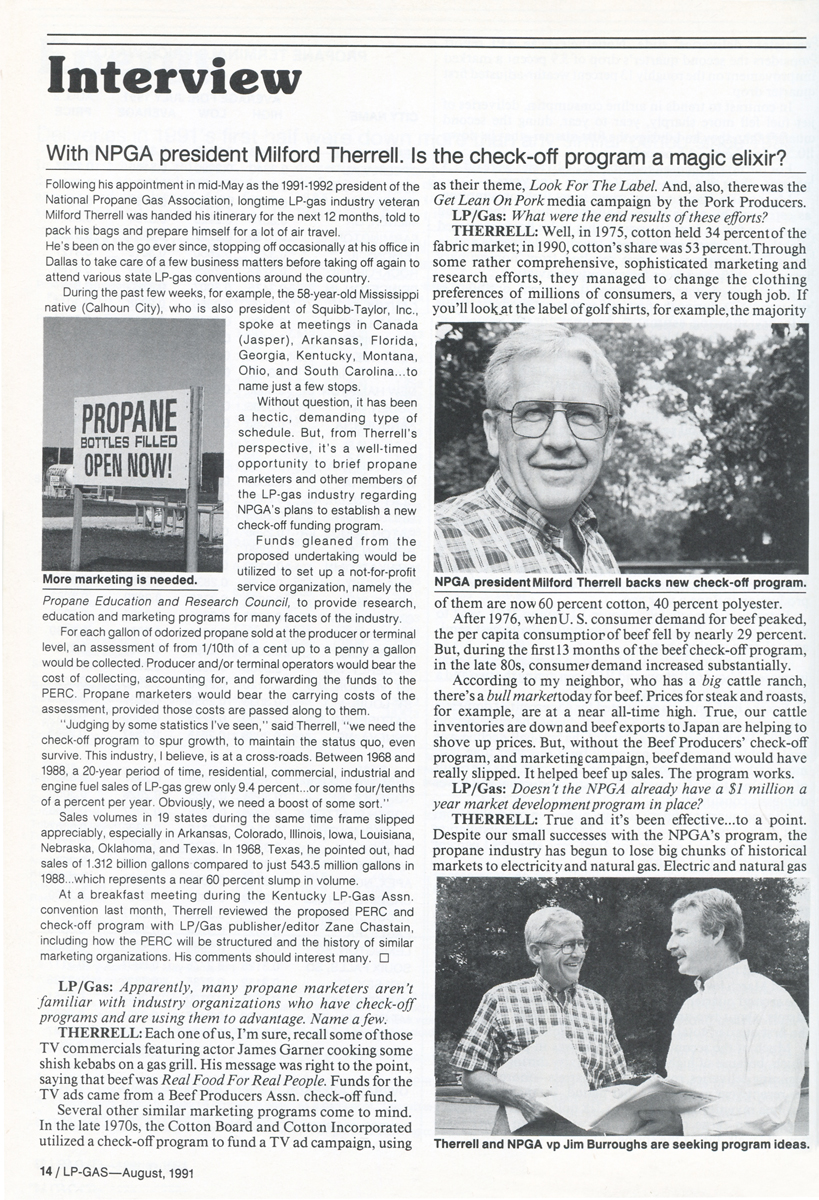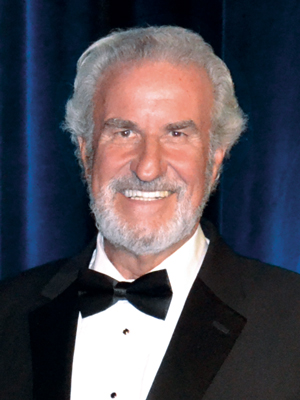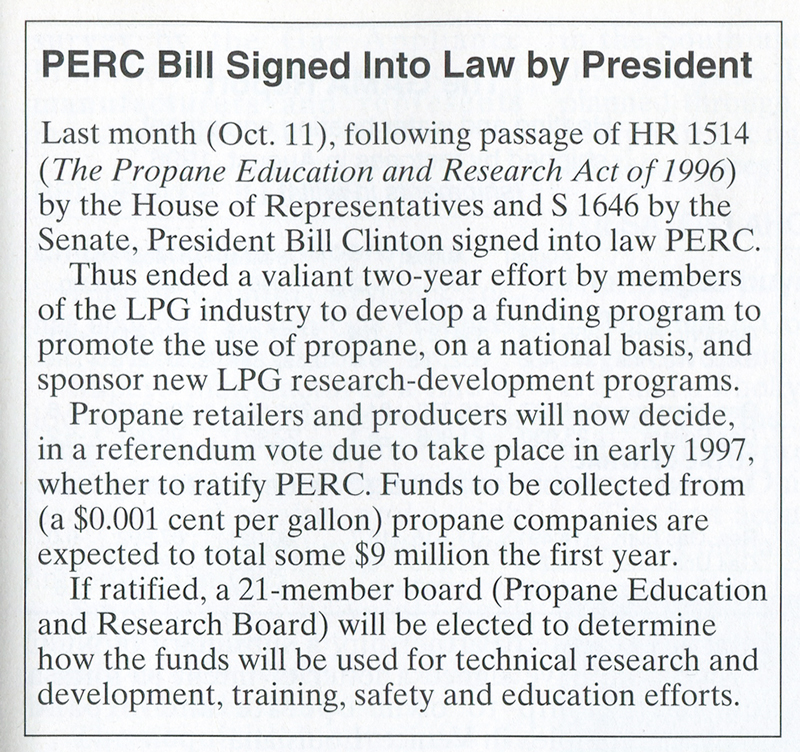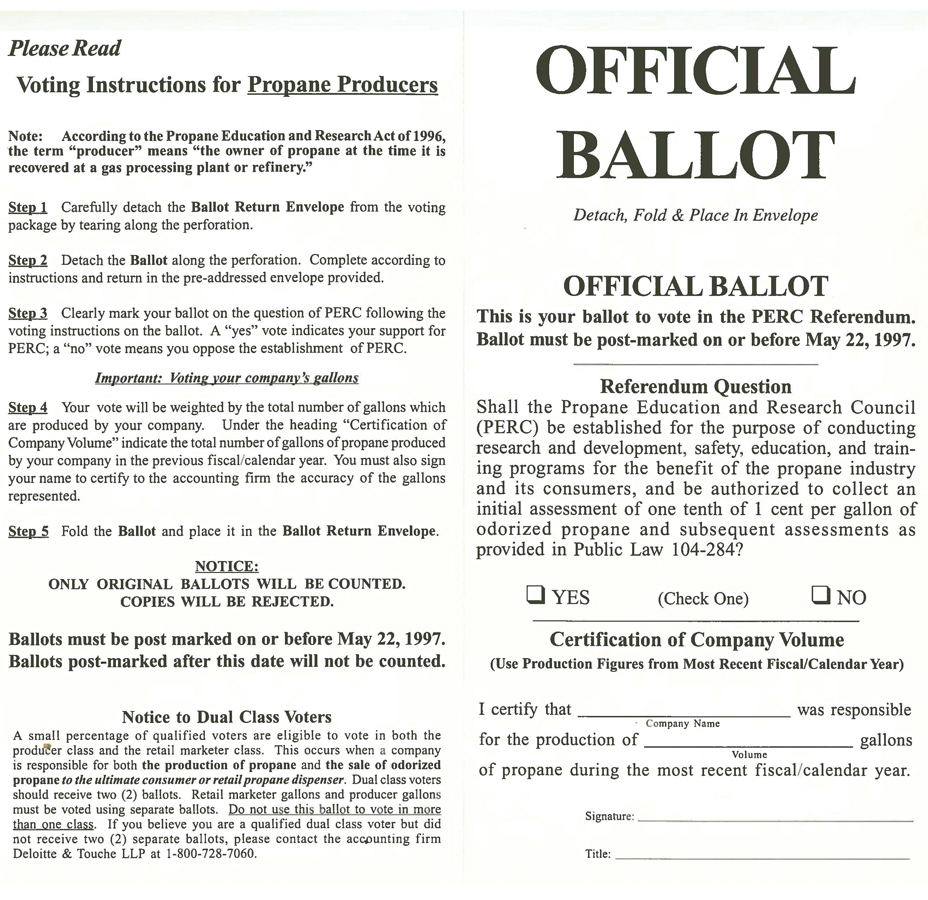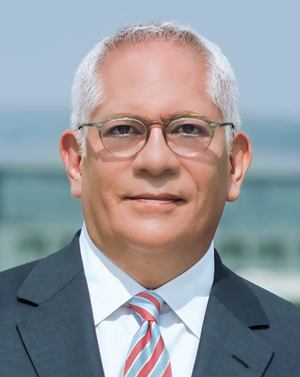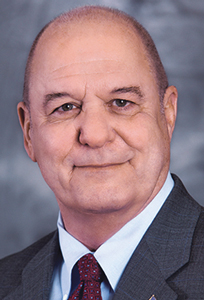PERA anniversary: Programmed to make a difference
It started as a crazy idea.
Competing against big energy companies selling electricity, natural gas and other fuels in the big cities was almost impossible for an industry teeming with mom-and-pop shops serving rural America.
But, what if these thousands of propane-based organizations could pool their resources? What might they accomplish together if budgets were measured in the tens of millions of dollars, and project scope was widened from coast to coast?
That was the dream for Milford Therrell and other early proponents in the initiative that led to the Oct. 11, 1996, passage of the Propane Education and Research Act of 1996 (PERA). The legislation authorized the industry’s check-off program and ultimately birthed the Propane Education & Research Council (PERC).
Sure, there were labor pains and, later, growing pains. But what worthwhile success is possible without a few tears?
Twenty-five years after President Bill Clinton signed the act into law, industry leaders say new collaborations within the propane industry have achieved successes that once seemed impossible.
“If you look at PERA as the birth certificate of the council, and the council as a platform for collaboration for the industry, 25 years in I think you’ve got a strong organization and an industry that continues to benefit from the programs that PERA provides the resources to accomplish,” says Roy Willis, retired president and CEO of PERC from March 1998 to July 2017.
Daryl McClendon, who served as PERC’s second chairman from 1999 to 2001, admits he was initially skeptical of the check-off program.
However, once he decided to embrace it, he didn’t look back. Now, he couldn’t imagine where the propane industry would be today without it.
“As hopeful as I was for PERA and for the council and the industry,” McClendon says, “I can truly say that it’s exceeded my expectations – and I had pretty high expectations from the beginning.”
‘A little too fantastic’
As the 20th century drew to a close, the proposal intrigued McClendon. He saw the benefits that a check-off program collecting one-tenth of a cent of each odorized gallon sold in the retail market in order to fund industry initiatives could offer. It had already been done by the cotton and beef industries.
Is it possible enough people – from small retailers to big corporations to the powerful petrochemical and agriculture industries to government bureaucrats – would see the wisdom of launching such a thing to justify the massive undertaking?
“I had to have a heart-to-heart talk with myself, that I needed to get on board with this or give it up,” McClendon says. “I said, I don’t want to be responsible for this thing not getting passed, because if it does it will be a fabulous thing for the industry, there was no question, but it seemed a little too fantastic.”
Rick Roldan had been working with the National Propane Gas Association (NPGA) since 1995 to get the bill moving in Congress. After years of front-end diligence and the fortuitous synchronicity of Roldan’s prior working friendship with the Colorado representative serving as chairman of the House Energy and Power Subcommittee, the bill eventually seemed to sail through Congress. The House of Representatives passed its legislation Sept. 4, 1996, and the Senate gave its approval three weeks later.
Even after President Clinton signed the bill into law Oct. 11, making the check-off possible, it took another year to rally the support of marketers and producers for the referendum to launch PERC. Bumper stickers and buttons helped sell decision-makers on the advantages of the check-off program – primarily, in getting the message out about propane in a way that had never been done before, and the opportunity to advance safety with the industry by funding more extensive training programs.
“Our tagline at the time was that propane was the best-kept secret in the world, and we no longer wanted it to be a secret,” McClendon recalls.
The referendum passed both segments of the industry with more than 93 percent approval, a figure that still makes Roldan marvel. The assessment began collecting funds Jan. 1, 1998.
Marketing successes
With this new mandate, leaders within NPGA and PERC were driven to show that the industry’s trust was not misplaced.
In 2002, a five-year, $50 million marketing effort led by Washington, D.C., agency Porter Novelli introduced the “Energy Guys” – a gently humorous radio, television and print campaign showing how much more warm, reliable and trustworthy propane is compared with electricity, which can be finicky. Likable actors representing each energy helped put a face of sorts on that which cannot be seen.
The campaign proved successful with the public, and with marketers delighted to see, for the first time, their industry represented on a national scale.
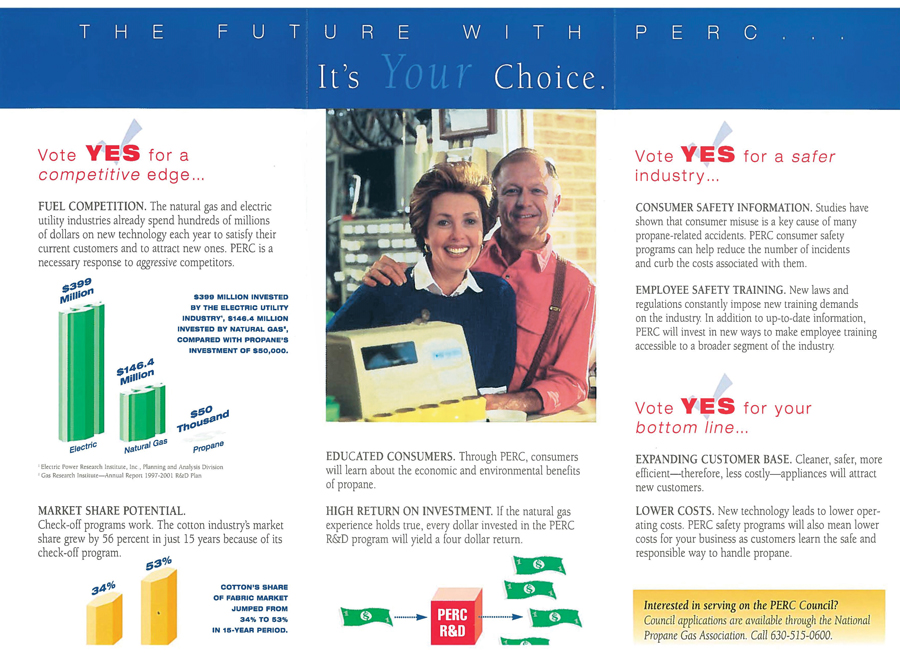
It took a year to rally the support of propane marketers and producers for the referendum to launch PERC. (Image: LP Gas archives)
“That was a huge success within the industry and beyond,” McClendon says. “It got everybody really excited and feeling good about propane. It was very cleverly done. We brought in electricity without totally hitting it negatively. We made the comparison with what propane could do. It was a huge success.”
Despite its broad support, there were drawbacks. The campaign was less effective in lightly populated areas beyond the reach of bigger-city television markets. And television advertising was expensive.
Then, in 2009, came one of those growing pains. Natural gas supplies skyrocketed, causing its price to bottom out – triggering a provision written into PERA to protect petrochemical interests if the price of propane increased 10 percent more than other fuels, Roldan explains.
For six years, PERC halted all consumer education efforts while the Government Accountability Office reviewed its activities. Eventually, NPGA convinced federal officials to consider a different dataset that better explained the cause of the disparity, and the restriction was lifted in 2015, he says.
Meanwhile, viewing habits were changing, and, as fewer consumers are watching network television, today’s marketing campaigns rely more on digital advertising. Investing in internet ads, social media and search engine optimization is proving more beneficial as consumers and marketers embrace these trends. It’s also a strategy that can be measured for effectiveness.
“It’s where they’re conducting their business,” says Grace Willis, PERC’s director of strategic operations. “It’s where they are on a daily basis, so it’s the most effective way to reach them, and it gives them a direct linkage to find information right away. If you’re running TV ads, you don’t have the ability to do that.”
But even as marketing techniques go high-tech, old-school mailers are back in circulation. “Each of the channels is effective at different points,” she says. “You really need to have a mix.”
Safety and training advancements
While growing gallons through marketing was one primary goal of the check-off program, industry members were equally eager to deploy this new funding to increase safety and training.
In 2002, PERC purchased the Certified Employee Training Program curriculum developed by NPGA’s education committee and worked to create broadly accessible online modules for industry members and first responders. In fact, this summer PERC released an updated 50-page Comprehensive Compliance Handbook to help propane professionals navigate the federal safety and compliance regulations, codes and standards that apply to propane operations, systems and installations.
However, work in this area revealed another growing pain. After years of study and research, some members of the NPGA Safety Committee were reluctant to entrust their work to what at least one former member considered a “marketer-driven” PERC.
“NPGA had done such a great job with safety over the decades, and it was always very prominent, so there was a lot of skepticism about PERC taking on anything to do with safety,” McClendon acknowledges.
But PERC had the funding to invest, and a desire to grow this side of the industry. Did it exist simply to bankroll NPGA programs, or would it have initiatives of its own?
Gradually, the two organizations developed a trust and learned to collaborate effectively, McClendon says. In 2019, they agreed that PERC would take ownership of NPGA’s certification assets as well as the curriculum. The move strengthened the industry’s focus on safety and training, emphasizing that safety is “the core of our culture,” Roldan says.
Making safety a central component has improved the industry, Roy Willis says, even if those numbers are hard to quantify.
“There are fewer injuries, fewer fires, less mortality – those are benefits to the industry,” he says. “Good safety and training programs, excellent equipment and appliances, all of those contribute in ways that not only benefit the marketplace but sustain gallon demand.”
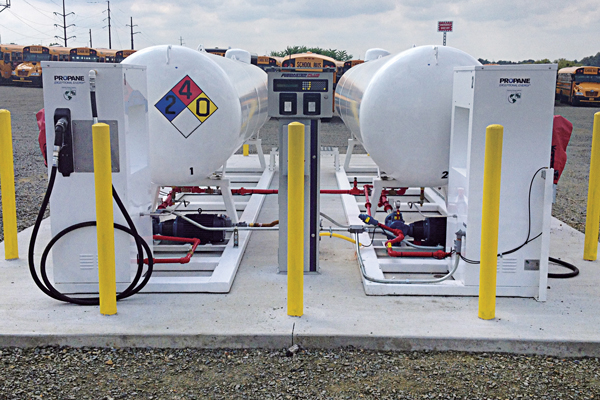
In 2020, more than 1,000 public and private school districts across the U.S. were set to deploy more than 20,000 propane autogas buses. (Photo courtesy of Roush CleanTech)
Commercialization wins
When consumer education programs were forced into dormancy, attention shifted toward commercialization strategies aimed at building new markets. But with PERC’s sustained focus, measurable progress has been made.
⦁ School buses. In 2020, more than 1,000 public and private school districts across the U.S. were set to deploy more than 20,000 propane autogas buses. That’s a 960 percent increase in the number of propane autogas school buses on the road since 2012.
⦁ Outdoor power equipment. In 2013, PERC recorded 1.23 million aggregate gallons sold for outdoor power equipment, such as mowers. By 2020, that figure neared 16.8 million gallons, for a 62.5 percent return on investment since 2012.
⦁ Agriculture. Even as farming equipment like grain dryers gets more efficient, more propane gallons are being sold as a new generation discovers the fuel’s benefits. While agriculture accounted for 8.89 million gallons sold in 2012, by 2020 that number topped 116.3 million gallons, for a 143.6 percent return on investment.
⦁ Fleet vehicles. One of PERC’s proudest achievements came in June when it signed a contract with Cummins Inc. to develop and commercialize a 6.7-liter propane-fueled engine. Tucker Perkins, president and CEO of PERC, told LP Gas that the project is designed to produce an engine by 2024. Industry leaders hope this will deliver another propane-fueled bobtail option – backed by the well-respected Cummins name – for product delivery. Developers brag that the Cummins design matches or exceeds diesel in such key features as torque and power output.
“Without PERC, I don’t know if we’d have the programs with Ford or GM, and I don’t think we’d be talking about a Cummins engine,” says Daniel Dixon, who completed his term as PERC chairman in July. “I don’t think we’d have so much success with the school buses without PERC.”
Bright future
Dixon, the group director of business development for AmeriGas, thinks the Cummins engine holds a key for the future success of the entire autogas segment. Fleet managers would like to see the industry practicing what it preaches and will be convinced to train mechanics on working with these engines. “If we can get more and more bobtails turning on propane, the autogas is going to start having more success,” he says.
“We need success stories like some of these fleets going propane,” McClendon agrees. “Testimonials will help create a snowball effect.”
PERC is well positioned to make a difference in relatively new areas, including renewable propane and on-site power generation, where a clean-burning energy appeals to a culture singularly focused on reducing emissions and achieving “net zero.” Already, Perkins is using his platform as PERC’s CEO to promote propane as a critical weapon in the climate change battle. Through speaking engagements and his “Path to Zero” podcast, Perkins touts the benefits of making biopropane from animal fats and cooking oils, made possible through a partnership between PERC and bio-diesel refineries.
“I understand producers are asking why are we producing biopropane if we have all this propane? But the point is … the world is changing, and we have to show progress to be part of that change,” says Roldan. “You have to show you’re being as innovative as you can to bring a lower-carbon option to the table. I hope we continue down that path in a more spirited way.”
Dixon points to a vociferous electricity lobby in places like California and some states in the Northeast, while PERC and NPGA staffers are doing “yeoman’s work” to ensure propane is considered.
“I think they are leaving propane out of the equation when propane is something that can help the path to zero,” Dixon says. “We need to try to get ahead of this and have folks not just think electricity is the way to go, because there’s a lot of good things that propane can do in this country, for your house, your car, for everything.”
Because of the check-off program created by PERA, the propane industry has the resources and mechanism to explore these kinds of initiatives. Despite some challenging “teenage” years, industry leaders say PERC is growing into a mature organization with a solid foundation to forge new opportunities in expanding markets.
“It would be scary to think of what the industry would be if PERC was not around,” Dixon says bluntly.
Roy Willis credits the hundreds of volunteer councilors and advisory committee members over the years who have contributed their time and expertise to responsibly steward the resources generated by PERA.
“It is a selfless commitment and one that I think is the best example of the shared entrepreneurial spirit of the industry,” he says.
“I think the industry is more cohesive and collaborative today because PERC set out a blueprint, if you will, for the collaboration of the industry association.”








